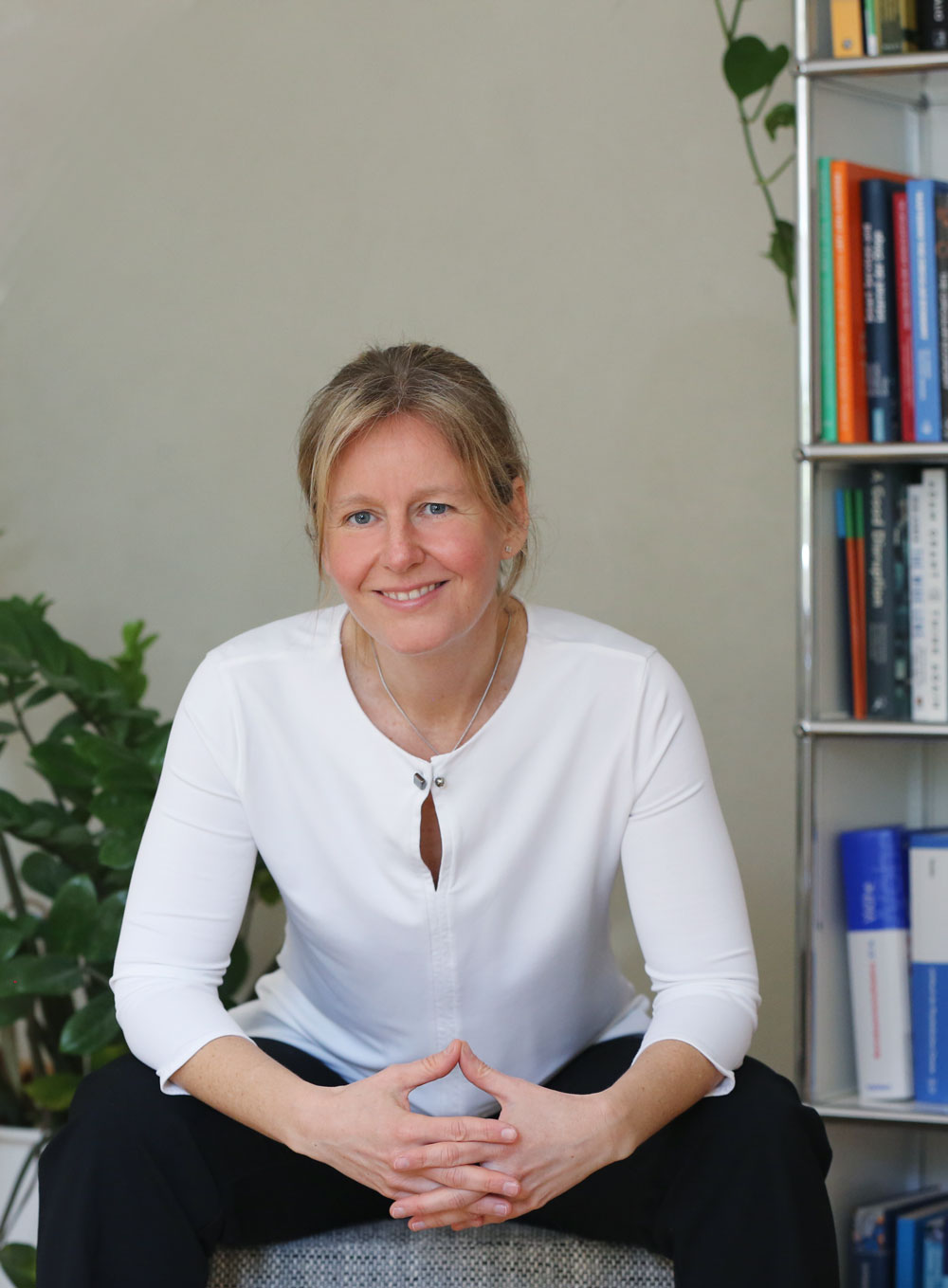long term strategy development and implementation
I help businesses and individuals to develop solutions for the
Circular Economy.
The economic growth potential of the Circular Economy is estimated to be around 4.5 Trillion Dollars – opposed to a decreasing economy doing business as usual. Governments all over the world install policies to embrace the transition.
That makes it pretty clear: Circular Economy is here to stay. Yet many companies and consultants alike face challenges in unleashing it’s potential.
Long-term strategy is missing
What does my market look like in the net-zero world? What steps can I take now to prepare for success? What does circularity have to do with it?
This and other questions are important to look into while creating your long-term circular economy strategy. I help you to figure out where to begin.
Building future-proof business models
How do I adjust my offers to fit into the net-zero markets? What partners should I choose to strengthen my business case? How does value creation work in a Circular Economy?
There will be many innovations. I help you to make sure you develop successful ones.
Short-term practical implementation
How does my strategy translate into actionable steps? What do I need today to prepare my company for circular resource and product cycles? What competences do we need to integrate?
The Circular Economy promises amazing opportunities. I help you to leap into successful transition.
Let’s concentrate on what can be done! Here is how I can support you:
Workshops and competence building
Understand the essence of Circular Economy and its potential for your company and business development. Learn to implement circular solutions step by step and according to your companies circular maturity.
Strategy and business development
Understand your unique strength for circularity and create your future-proof strategy. Draft out practical steps to accelerate your circular solutions within your company today.
Circular Economy expertise meets a practical mindset
Hi there!
Economy has a historic obligation to align our actions to net zero. But this is also a historic opportunity. My name is Susanne Volz and I am passionate about empowering companies and consultants to unleash the true value of circular solutions.
I’ve been working as a freelance researcher and consultant in the sustainable field for over 15 years. During this journey, I developed a detailed understanding of what the challenges of economy and businesses are these days. Building on an educational background in environmental sciences, law, finance and economics, I develop tangible solutions for companies to embrace circularity.
As passionate and distinguished educator, I also provide competence building services for professionals of all levels.
Given the urgency of our climate challence, I am more than ever dedicated to support businesses, authorities and research institutes to proactively address the changing landscape.

“The core of circular economy is to understand the problems in linear systems – and to link these to the appropriate circular solutions.
Susanne has depth of knowledge in a wide range of fields – ecology, circular product design, economics and finance – which allows her to do both these things well and address questions of sustainability and resource use from a holistic perspective.
This broad knowledge shows in our conversations about circular economy and makes her a great project and sparring partner. ”
– Jun. Prof. Dr. Fenna Blomsma, University of Hamburg, Faculty of Economics and Social Science, Professorship for Business Administration, Circular Economy
Transitioning to a net-zero world
We must limit global warming to below 1.5 degrees Celsius and we all now have a responsibility to take immediate action. To achieve that, different industries carry different responsibilities and capabilities, but none should ignore this challenge.
If we proactively address the changing landscape, we will be able to build a long-standing competitive advantage while playing a vital role in shaping a climate-safe global economy.
What does Circular Economy have to do with it?
We use resources to ensure our wellbeing. Using in that sense mostly means desctruction of the resources that become harder to come by every day. Additionally, by extracting, processing and using these resources, we produce plenty of greenhouse gases. We call this current economic systematic of ‘take-make-use-dispose’ the ‘Linear Economy’.
Therefore, the goal is to decouple value creation from resource use and carbon emissions. The Circular Economy is a new and promising approach to achieve that. It provides strategies for businesses to creating value by reducing, minimise or avoid value loss and destruction, such as pollution, emissions and other externalities, through increased resource efficiency and productivity. It is therefore not surprising that the Circular Economy concept has started to attract serious attention from businesses, policy makers, researchers and investors who value this alternative to more traditional approaches.
The Circular Economy rests on various circular strategies, each of which helps to keep ecological and economical value of resources. This includes for example long life products or the continuing use of materials through high-quality recycling. Among other things, the focus on services and the performance of products is part of many innovative business models which drive the success of those circular strategies, as does prevention of pollution and waste.
The Circular Economy is the foundation to address the Climate Crisis. Understanding the potential of circular solutions helps companies to develop net-zero solutions.
Circular strategies help us to maintain the value of resources. Circular Business Models help us to capture the regarding economic value.